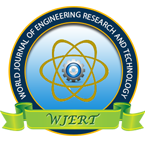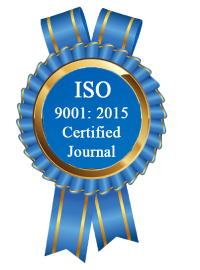| All | Since 2020 | |
| Citation | 172 | 110 |
| h-index | 7 | 5 |
| i10-index | 1 | 0 |
WJERT Citation 
Login
News & Updation
Abstract
SPATIO-TEMPORAL GROUNDWATER LEVEL FLUCTUATIONS AND QUALITY AT KANO RIVER IRRIGATION PROJECT
Maina M. M., *A. U. Bashir, A. Ibrahim, M. D. Zakari, N. J. Shanono, N. M. Nasidi
ABSTRACT
Continuous monitoring of soil and soil water conditions is important in controlling the salt build-up in irrigated fields and should be adopted as strategies to maintain and improve the salinity status in irrigation schemes. The problem of salinity and sodicity in the Kano River Irrigation Project (KRIP) is so intense that crop production is inhibited by the effect of salt. A study was conducted to investigate the sources of salinity and sodicity in the irrigation scheme. One hundred and twenty-six piezometric wells were installed to cover the entire 22,000 ha in the scheme to monitor groundwater for twenty-four months. Groundwater samples were taken during the dry and rainy seasons for water quality and salt content analyses. Data obtained were plotted toindicate the behaviours of the groundwater fluctuation. Results show water table fluctuations annually and were influenced by the rainfall during the rainy season. However, strong relationship exists between the rainy season and the irrigated areas concerning groundwater level fluctuations because groundwater level rises close to the surface during the rainy season, especially in areas where intensive irrigation happens. Though the water level rose to about 1 m to the ground surface, no part of the scheme had water risen to the surface. When groundwater level rose to 1m below the surface, there was a tendency for the water to reach the porous zone by piezometric force. This resulted to salt influx within the root zone and rose to the surface. Groundwater quality indicated a significant amount of Exchangeable Sodium Percentage (ESP) of 60% in some areas and this explains why the scheme had more sodic soils. Less than 25% of the soils in the scheme were saline, and fewer than 10% of the area had severe salinity cases. Therefore, sodicity is the most common salt problem, covering up to 75% of the salt-affected soils in the areas.
[Full Text Article] [Download Certificate]
